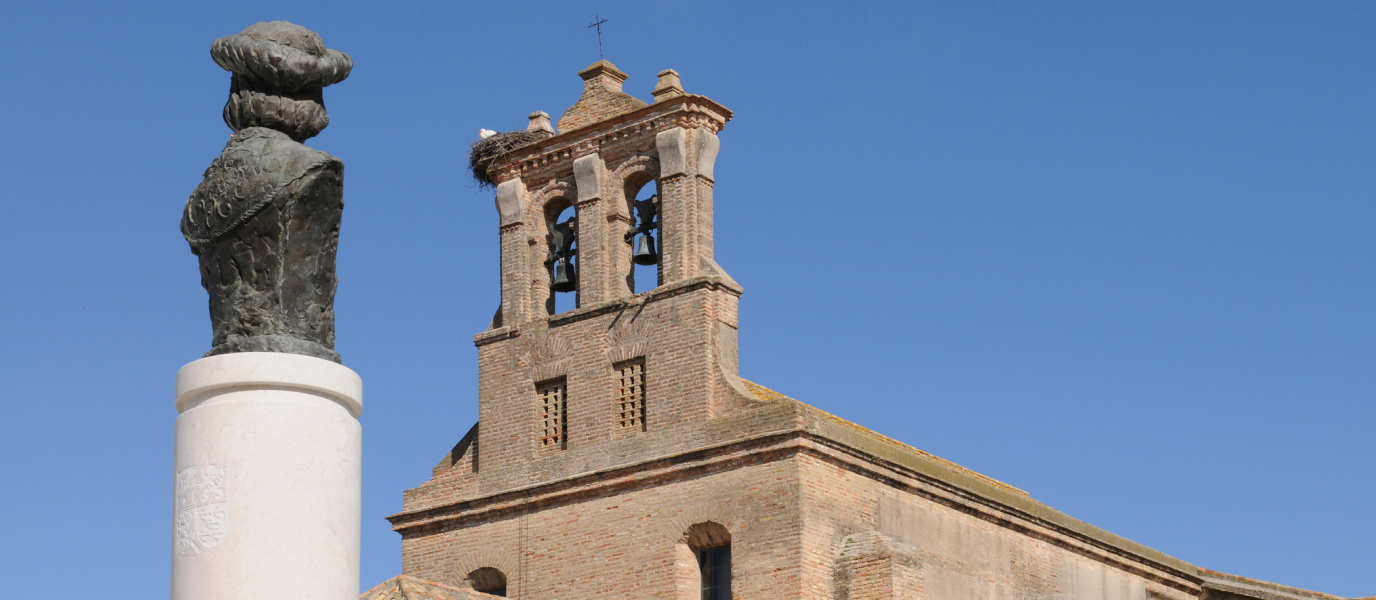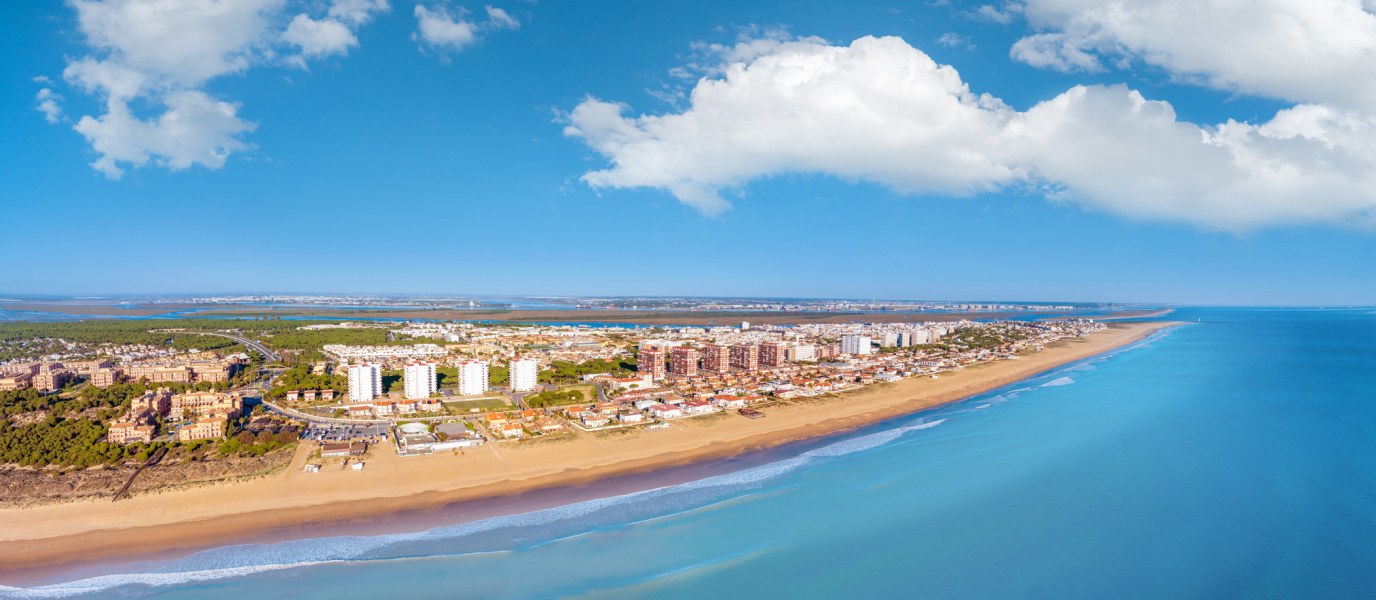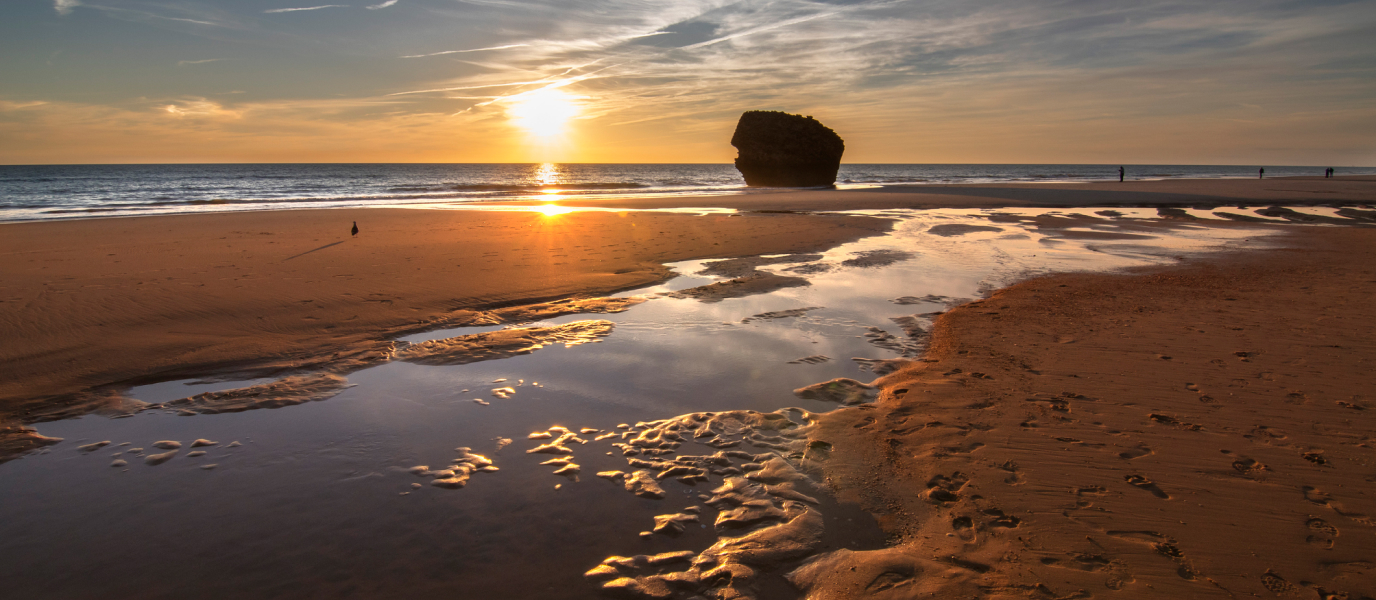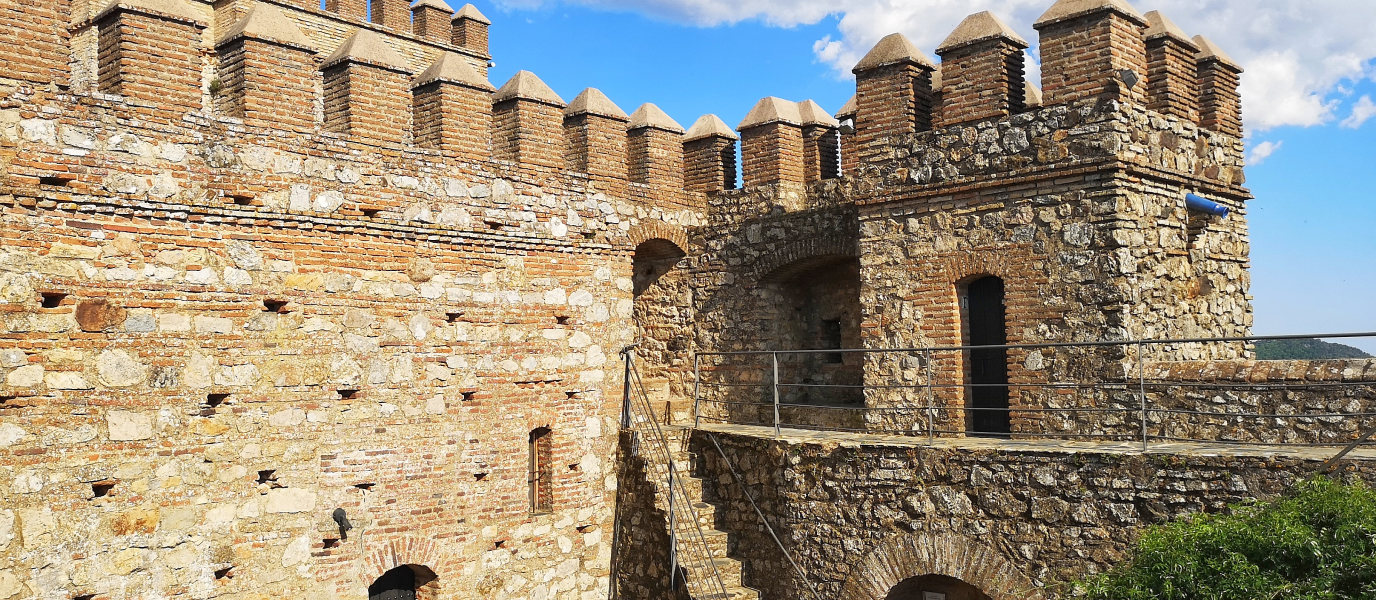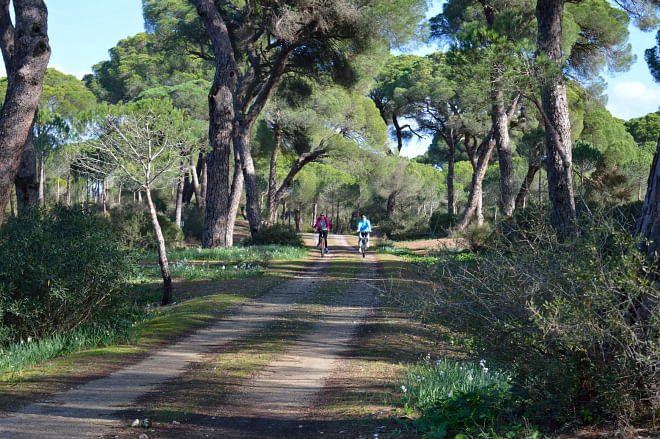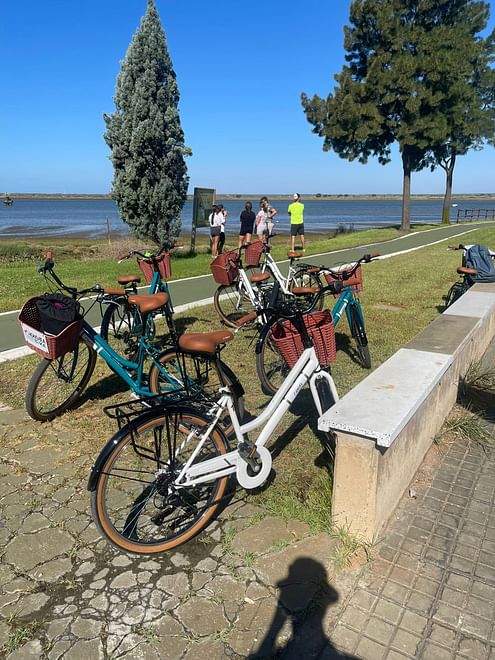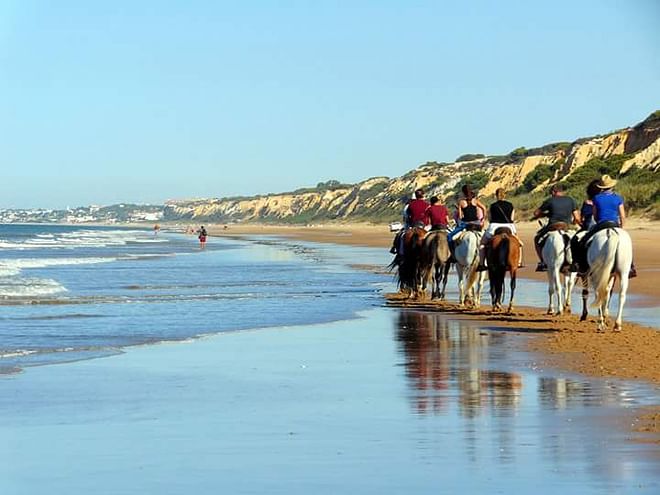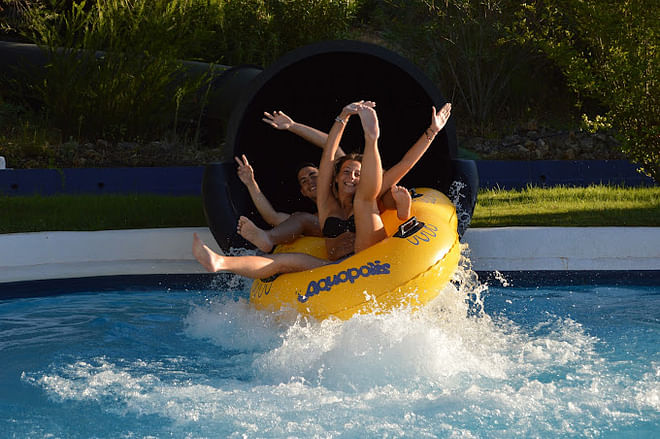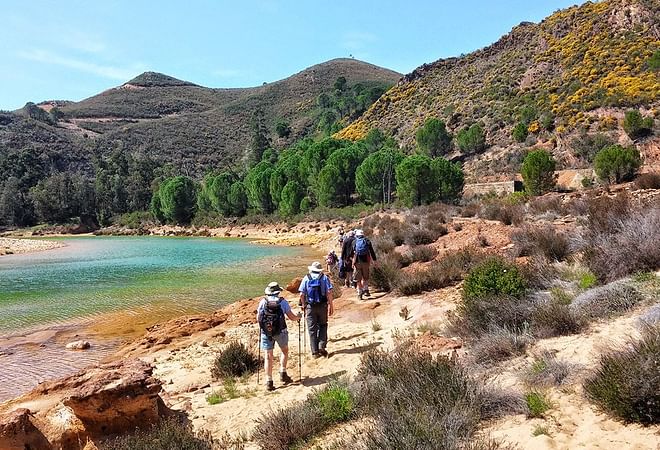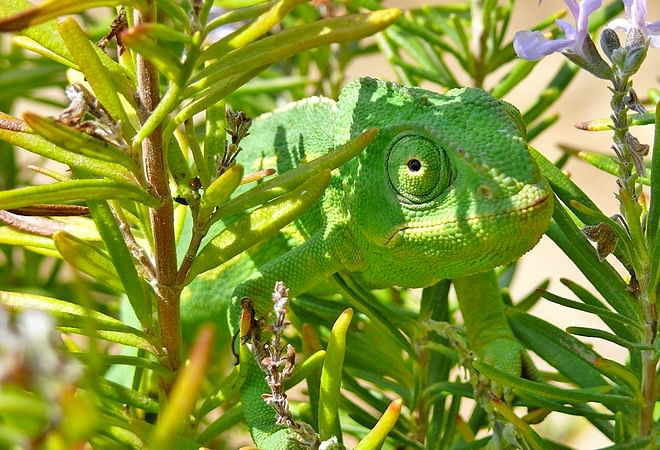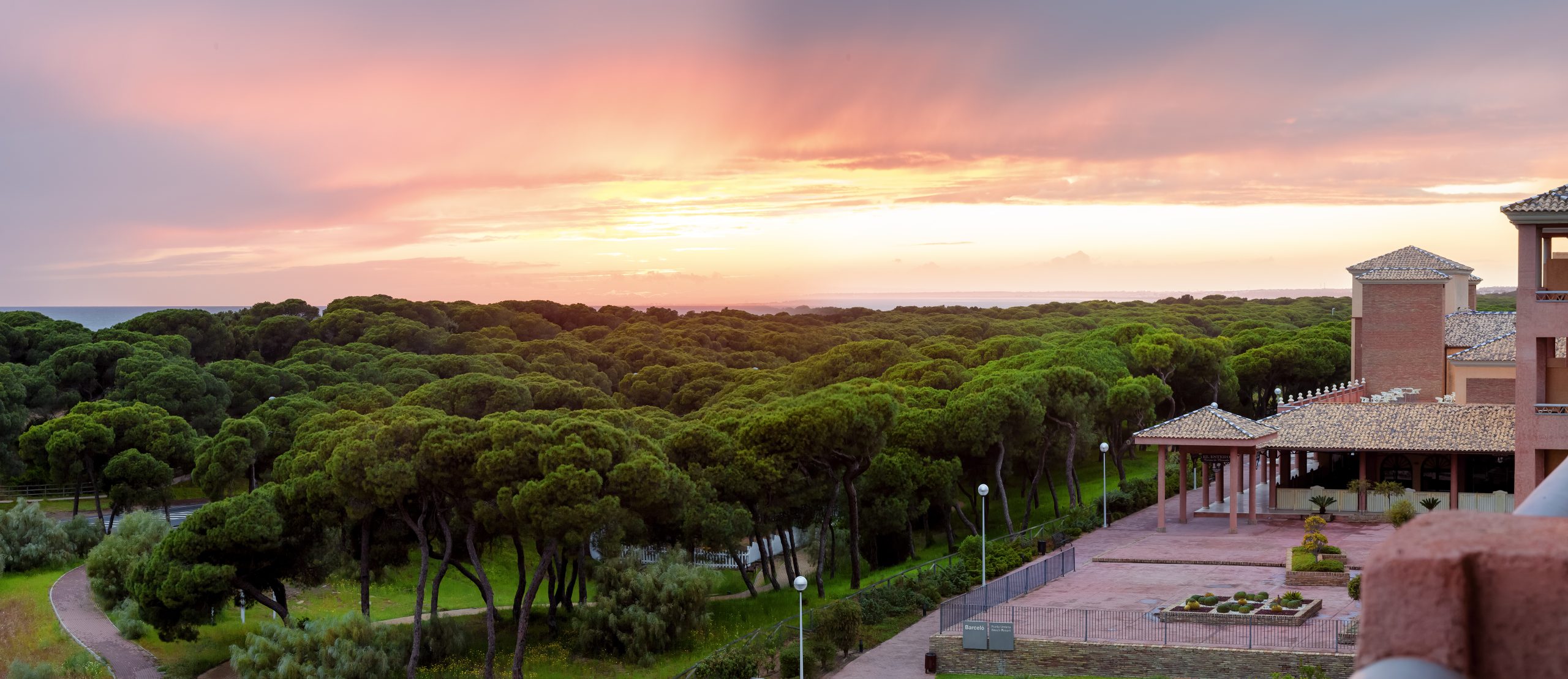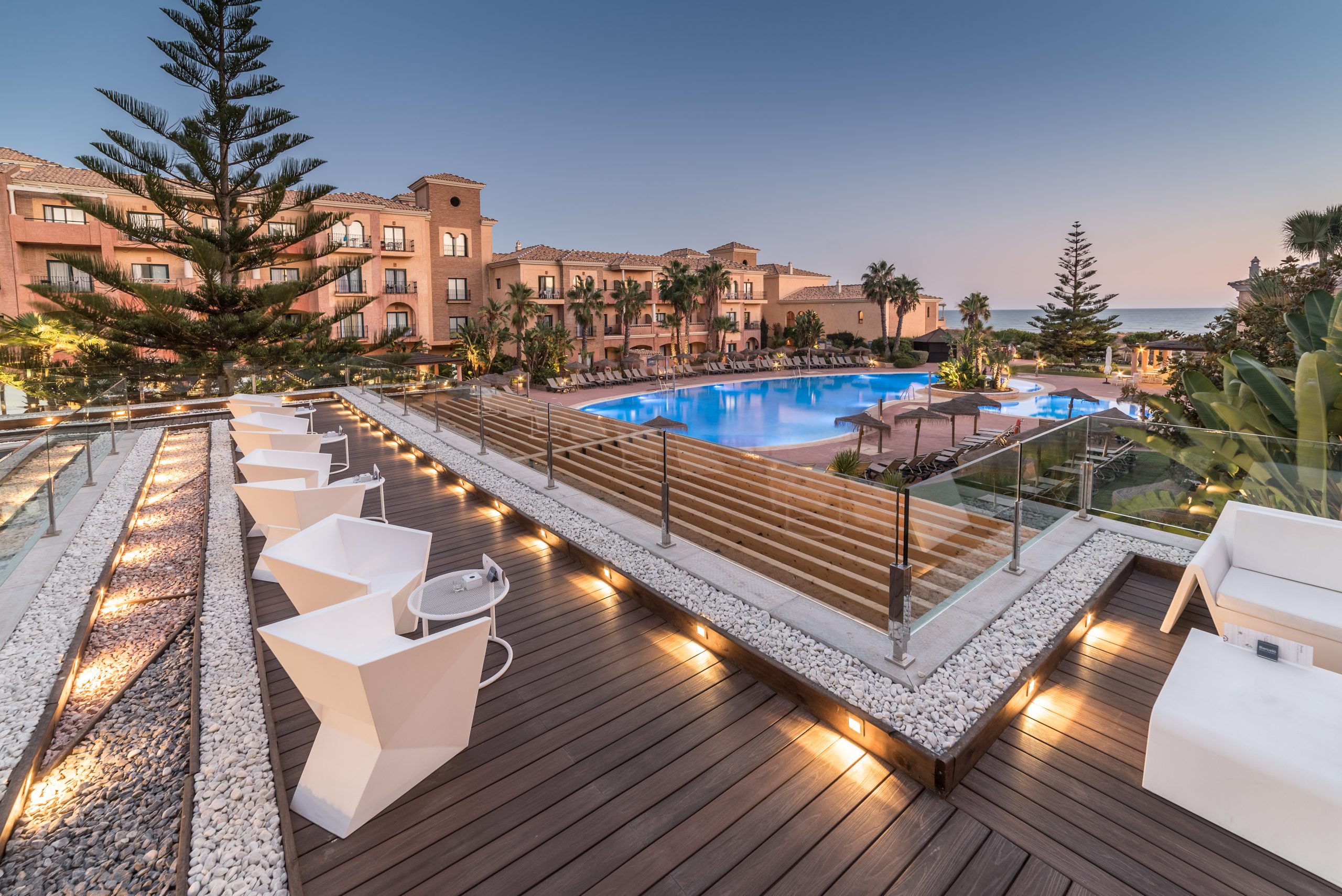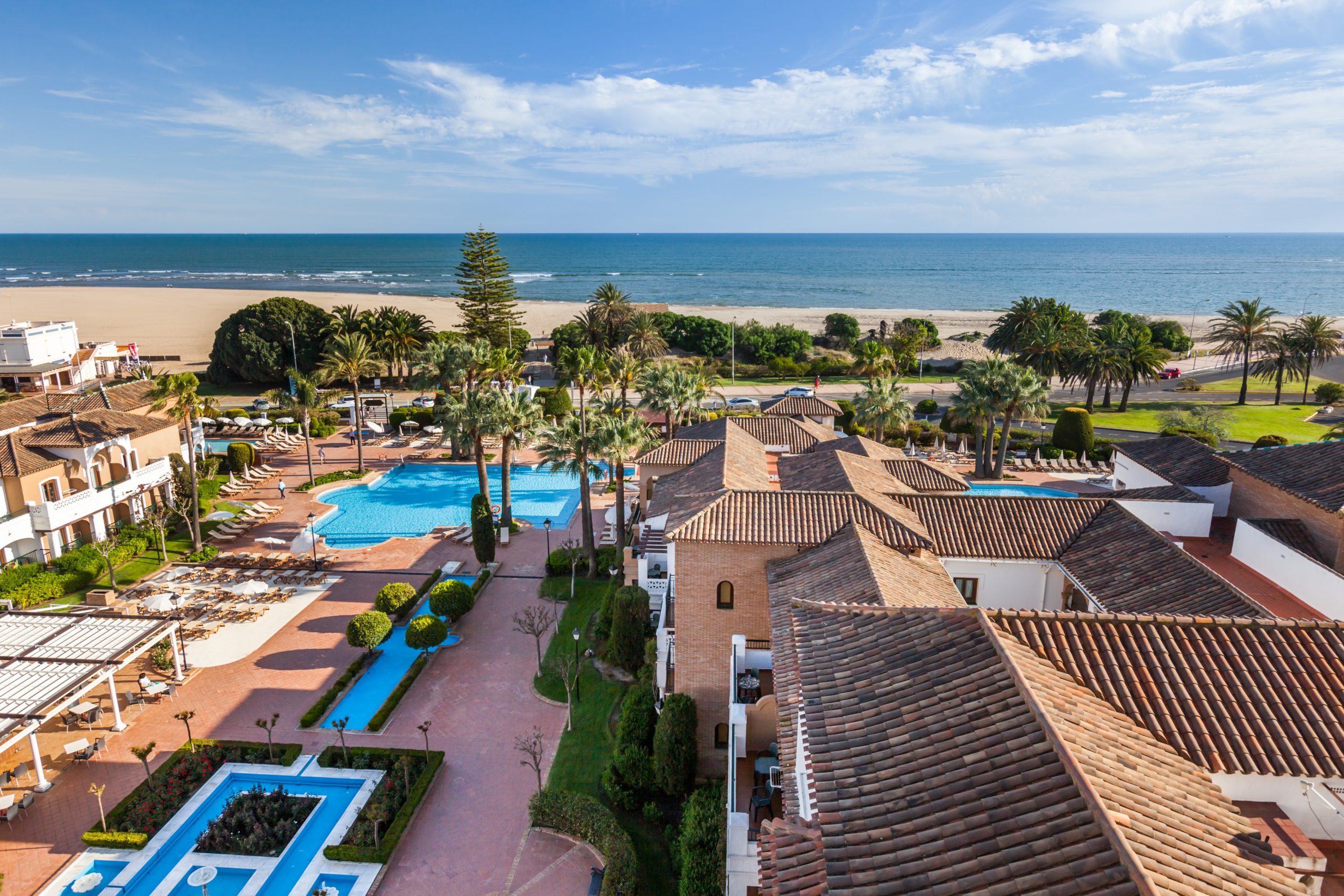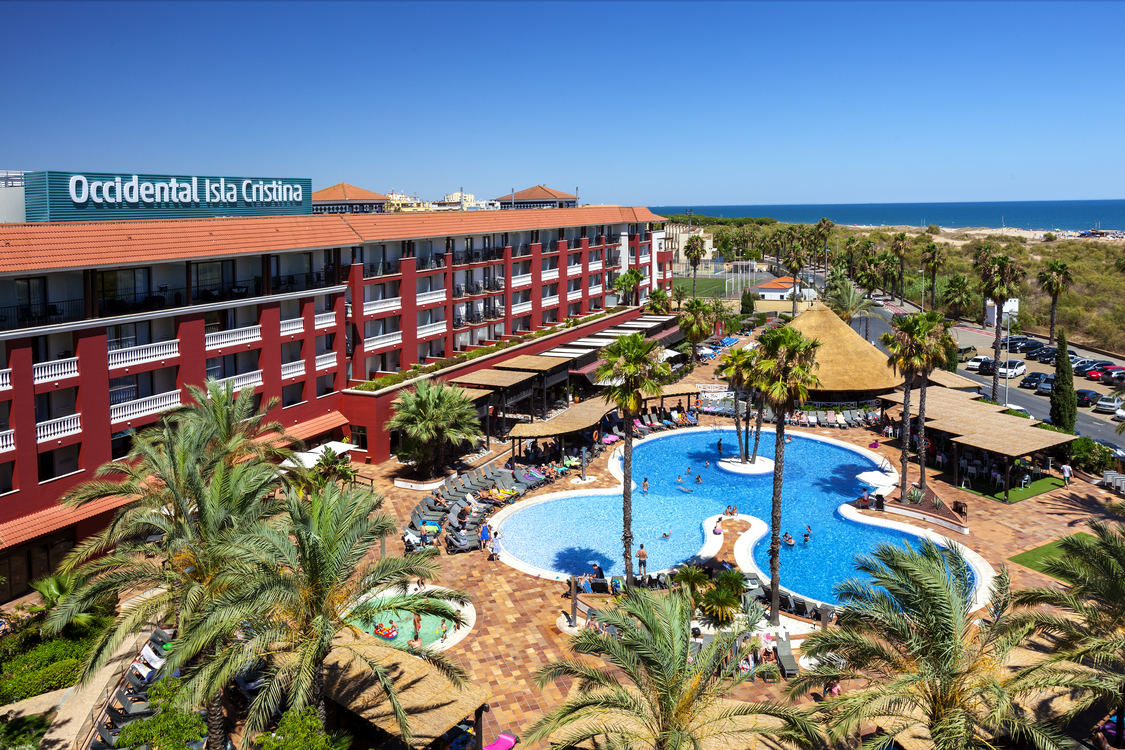The pretty whitewashed town of Moguer is one of the must-sees on the trail of lugares colombinos – select places with special relevance to Christopher Columbus’ first voyage of discovery.
Moguer has been declared a Place of Cultural Interest because of its connection to the first voyage of Columbus, and part of the municipality is within the Doñana National Park – a UNESCO Natural World Heritage Site – making it doubly attractive.
The town is also the birthplace of Nobel Prize winner Juan Ramón Jiménez, and the author and his character Platero the donkey are visible in many aspects of life in Moguer.
Where to go in Moguer
Don’t miss a visit to Moguer on your trip to the province of Huelva. The beautiful Old Town of Moguer is in itself categorised as a Place of Cultural Interest. This guide will tell you about the main monuments of the ‘most noble and loyal city of Moguer’.
Monasterio Santa Clara
The Monasterio de Santa Clara is an important monastery and landmark in Moguer. Founded in 1337 and declared a National Monument and Columbian monument in 1931, this impressive Mudéjar-style convent occupies an area of 10,000 square metres. The monastery boasts the oldest cloister in Andalusia.
Columbus is known to have stayed in the convent on several occasions. Indeed, the abbess of the convent, Inés Enríquez, aunt of Ferdinand II, played a fundamental role in obtaining the Catholic Monarchs’ approval for Columbus’s project.
Iglesia Nuestra Señora Mayor de la Granada
Juan Ramón Jiménez once said that from afar, the tower of this church ‘closely resembles the Giralda’. There was a good reason for Jiménez to compare Iglesia Nuestra Señora Mayor de la Granada with the tall bell tower of Seville, as it is indeed the tallest church in the province of Huelva. It was built in the 18th century on the ruins of an old Mudéjar church that was damaged by the Lisbon earthquake of 1755, of which only a thin tower survived.
Convento de San Francisco
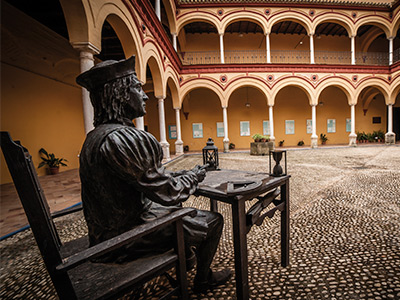
This convent is also categorised as a lugar colombino. Built in the 15th century, the Mannerist-style Convento de San Francisco boasts a prominent single-nave church. The convent complex also houses the Municipal Historical Archive and Iberoamerican Library. Moguer was the starting point for many missionaries on their way to the New World after its colonisation to take part in the evangelisation process.
The birth house of Juan Ramón Jiménez
‘Here, in this large house, today the headquarters of the Civil Guard, is where I, Platero, was born.’ This is how the winner of the Nobel Prize for Literature, Juan Ramón Jiménez, born in Moguer in 1881, described his home. It is a typical white Andalusian house located in Calle de la Ribera, a road that leads to the port of Moguer, where the writer’s father, a wine merchant, carried out his business. Today, the house is a museum dedicated to the author of Platero and I, containing information about the writer’s relationship with the sea, Moguer, and the family’s wine business. It also houses a children’s library and rooms dedicated to the Nobel Laureate and his wife, Zenobia.
Casa Museo Zenobia y Juan Ramón Jiménez
The house museum Casa Museo Zenobia y Juan Ramón Jiménez is where Juan Ramón Jiménez lived from age 5 to 26 before moving to Madrid. It is here where Jiménez lived his most prolific period as a writer. The house includes some personal items, editions of Platero and I in several languages, the writer’s office, and several spaces with explanations regarding the work of Juan Ramón. The library includes 3,700 books and 7,500 magazines.
The museum was created in 1956 (the year Jiménez won the Nobel Prize) by the Provincial Council of Huelva together with the writer’s wife, Zenobia Camprubí. The Juan Ramón Jiménez Foundation, based in the house itself, is in charge of managing the museum.
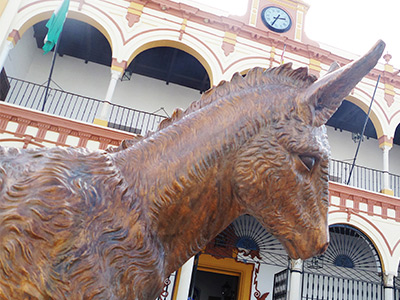
Platero statue
One can’t overlook the monument dedicated to the famous character from Jiménez’s story. The streets of Moguer boast an open-air sculpture park with pieces dedicated to Platero and I, including a statue dedicated the most popular character Platero, the story’s protagonist donkey. You can also find statues dedicated to Juan Ramón, Zenobia, a child observing the water from a fountain, which appears in the book, as well as a representation of ‘April Idyll’, where Platero is covered with flowers.
Columbus monument
Cristopher Columbus also deserves to have a monument in Moguer. The statue, built in 2006 in Plaza de las Monjas next to Monasterio de Santa Clara, represents the connection that this famous sailor had to the historic town of Moguer. Columbus visited Moguer several times and it is where he first met the Niño brothers, owners of the La Niña caravel and who also took part in the first voyage, as well as the abbess Inés Enríquez.
The monument has numerous fountains and on the walls of one of them you can read several stories recalling Columbus’s link with Moguer.
Teatro Felipe Godínez
This modern theatre was built on the site of the old Oenological Centre – of which only a tile façade remains, and that serves as the frontispiece of the theatre. Many plays and musicals are put on at the theatre. Felipe Godínez was an important playwright from Moguer during the Spanish Golden Age.
Plaza del Cabildo and the Town Hall
The Town Hall of Moguer was designed by the Italian Tomas Bottani and it is located in Plaza del Cabildo. The two-storey edifice, built at the end of the 18th century, has an interesting façade composed of two layers of five semi-circular arches with marble columns. The Town Hall represents a purely Andalusian aesthetic with its colours that are commonly found in many buildings in southern Spain. The Town Hall of Moguer appeared on the back of the 2,000-peseta banknote, with Juan Ramón Jiménez’s face on the front.
In Plaza del Cabildo you can also find a statue of Juan Ramón Jiménez together with several characters from his books.
Where to eat in Moguer
The cuisine of Huelva province is famous for its seafood, and Moguer is no exception, offering dishes such as skate with paprika, white prawns, clams or sole, as well as sweets in the form of strawberries (a quarter of Spanish strawberries are produced in Huelva) and cakes from La Victoria bakery.
There are several excellent restaurants in Moguer that offer wonderful local delicacies:
- La Parrala: located in Plaza de las Monjas next to Monasterio Santa Clara. The chocos, Huelva prawns and stuffed squid are especially good in La Parrala.
- Espacio Zenobia: a gourmet kitchen that offers both tapas and regular dishes. The game stew and cod are especially good in Espacio Zenobia.
- Taberna La Yunta: a popular bar that offers tapas and generous meals, including shrimps.
- El Lobito: a pleasant restaurant offering delicious grilled fish and meat.
What to see in Moguer
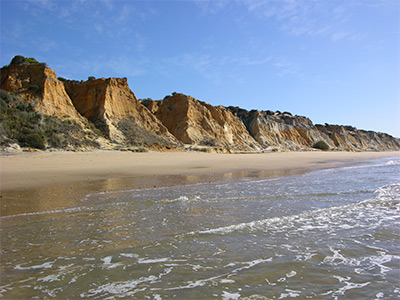
Moguer enjoys a great location in a province with rich natural surroundings and large Atlantic beaches.
- Mazagón: a coastal town that belongs to Moguer. Mazagón is home to some beautiful beaches.
- Doñana National Park: one of Spain’s natural jewels and home to the Iberian lynx. An absolute must-see.
- Paraje Natural de las Marismas del Odiel: beautiful marshlands of great ecological importance to the area.
- Palos de la Frontera: another lugar colombino, where you can visit the Muelle de las Carabelas museum and the Rábida monastery.
- Punta Umbría: one of the most beautiful coastal stretches in Huelva with a spectacular beach.
- Huelva: don’t miss a chance to visit the capital of the province as you explore the surrounding areas of Moguer.



































































